Facebook has over 2.7 billion active monthly users. This is a huge opportunity for any digital marketer. With this size of audience, the marketer is assured that for every product or service, there is a market for his or her business.
Targeting on Facebook is done through targeting audiences.
Many marketers fail on Facebook because they don’t know how to properly target people. They don’t know how to reach their right audience to make sales.
A Facebook audience is defined as a pool of people who you would like to advertise to. And these people can buy your product or service. The right audience needs to see your ads at the right time as well as with the right expectations.
Advertising to the right people ensures that you are getting value for your money.
The right Facebook audience uses the following criteria based on
- Demographics – this includes age, gender, geography
- Interests – includes likes, profession
- Behaviours – activity they have done in the past for example recently engaged.
Buyer persona
Before any targeting is done, you should know who your ideal customer is and create a buyer persona from there. A buyer person is a group of people who you are looking to sell to and will respond positively to your marketing message.
How to create audiences on Facebook:
Facebook audiences are created in three different ways. Namely
- Using audience section
Going to the audience section of business manager you can create the type of audience that you would like to target. After you are done doing so, you can name the audience and save it. Whenever you are creating a new ad set you can always refer to this audience.
- While creating an ad set
This happens on the fly when you are creating an ad set in your ads manager. Here you can pick on one that has already been predefined or you create your own. Please note, you will not be able to re-use the same audience for another ad set.
- While boosting a post
Lastly you can create an audience when you are boosting a Facebook post on your profile page.
The best option is to create an audience using the Audience Section because you can save it and make changes in the future, and you can access them for any other ad sets.
1. Facebook Audiences
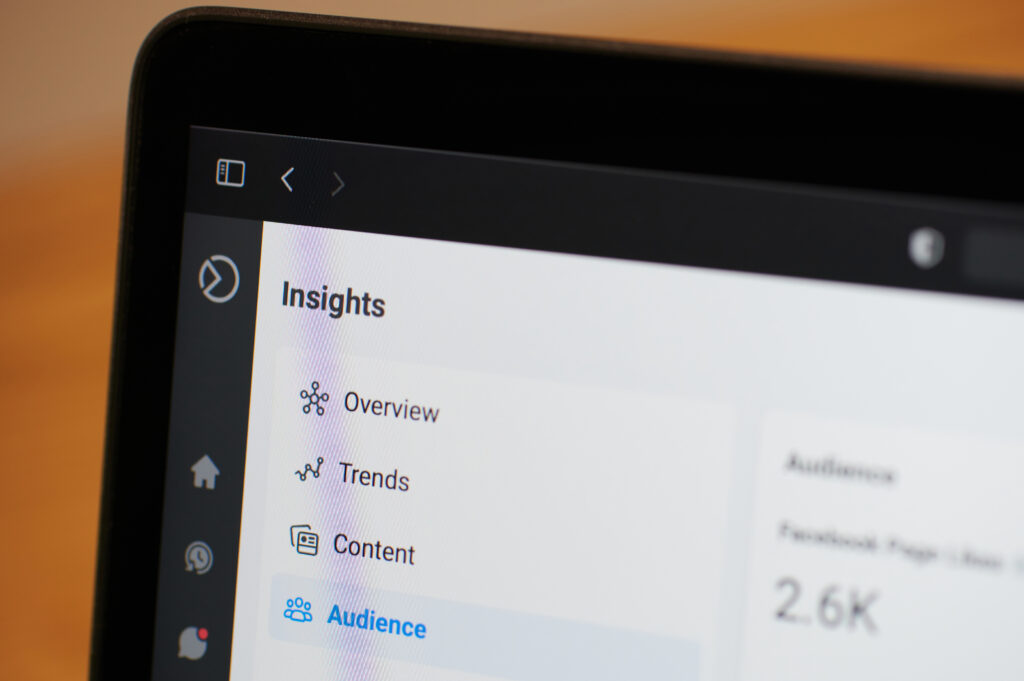
Saved audience
Saved audience is a great choice for business that haven’t advertised on Facebook. Through this option you can target people based:
- Demographics
- Interests
- behaviours
The other advantage of saved audience is that once the audience has been saved on the audience section, they can be reused multiple times and can even be modified for better targeting.
Demographics targeting
Facebook looks at demographic attributes of a group people which are:
Location
– this could be local, regional, and international. With the location options you can chose people who live in a certain radius. You can target people who are:
- Living in that location
- Travelling to the location
- Presently in that location
You also get the option of excluding certain areas. For example, rather than targeting a whole country you can target the bigger cities avoiding the smaller ones.
Age
Facebook gives you the option to target users who are 18 to 65 years of age.
Gender
You can choose between men and women or both
Language
This lets you pick users who speak in a certain language.
You can narrow your targeting further by selecting other traits like educational, financial, life events, relationships, work, and parents with kids of a certain age.
Interest-based targeting
This lets you target users by their:
- Interests
- Activities
- Pages they have liked and related topics
- Hobbies
Behaviour Targeting
This targeting involves looking for an audience who have completed an action. The actions are:
- Buying a product
- Celebrating anniversaries
- Frequent travellers and a lot more
Custom audience
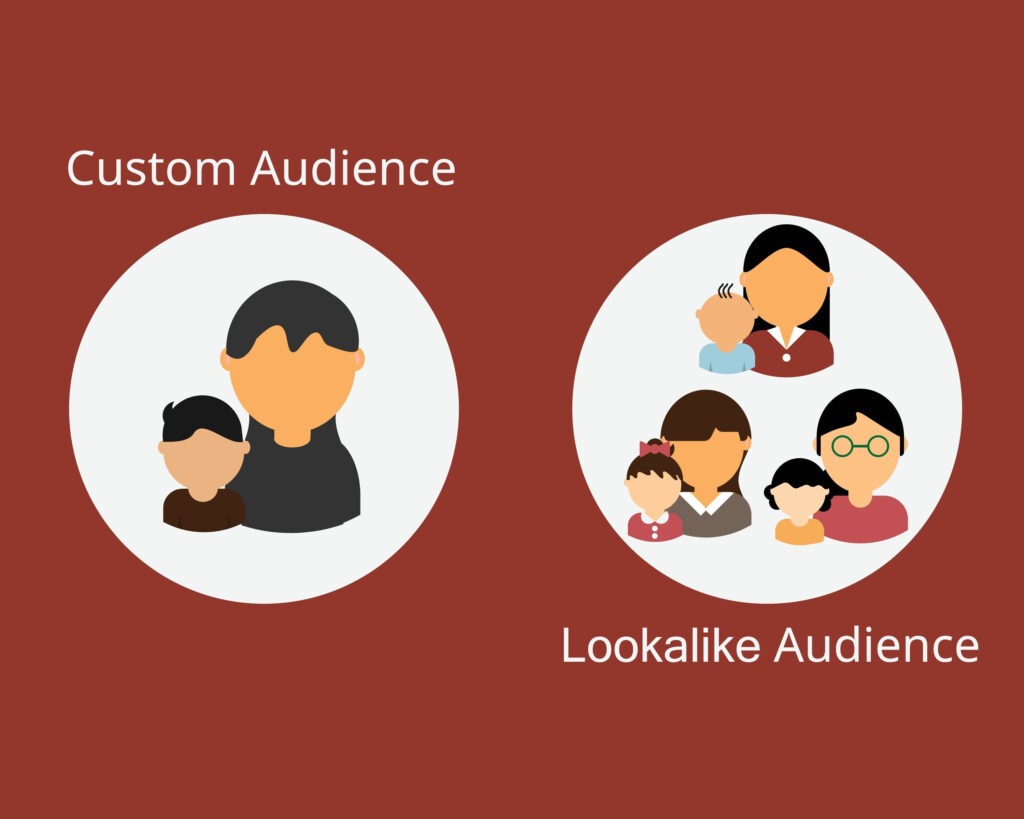
Facebook custom audience is targeting people who have interacted with your business through online and offline. Through is online is by your website through Facebook pixel, and Facebook page. While offline is through customer contacts and other sources.
It’s very targeted as this doesn’t assume who your audience is but actual people who would like to buy the products or services from you. These audiences are likely to convert more than any other audience.
Facebook custom audience is based on
- Web visitors through Facebook Pixel
- Customer lists
- Facebook engagement
- App activity
Web visitors
After adding Fb tracking pixels to your website, you can track how users behave on your website. You can see which pages they go to, if they add to cart, buy and where they leave the site. Through this information you can track specific people on your website. In that you can track only people who have added to cart and try to get them to finish their purchase.
Facebook pixel is a java script code provided by Facebook that when installed on your website follows users on your website.
Customer lists
If you have an email list of your customers, you can upload it to Facebook to create a custom audience. If the customer’s email match the same one they use to log on to Facebook then you can target them on the social network.
It isn’t advisable to purchase an email list from elsewhere and then use it for your custom audience. Facebook will look at the behaviour of your audience and punish you if it finds out the list isn’t from your business.
The email list could include your past customers or people who have subscribed to your newsletter. In addition to providing emails, you can provide:
- Phone number
- First and last name
- Demographic information
The better the match the easier it is for Facebook to target them.
Facebook engagement
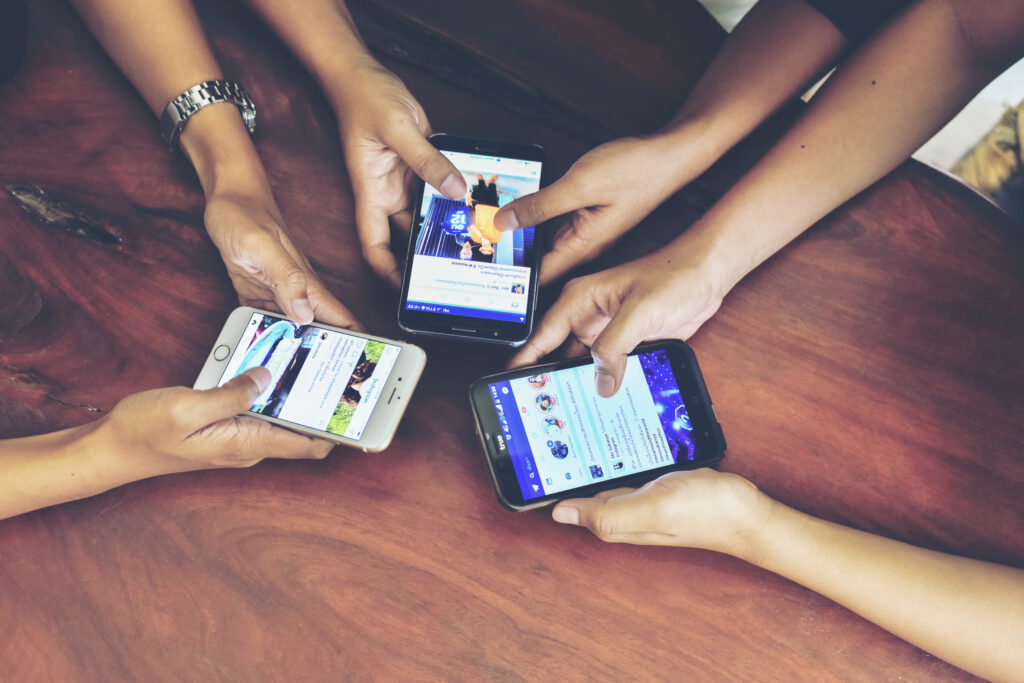
This audience refers to people who have interacted with your business on Facebook and its family of products. The content from your page could be:
- Watched your videos
- Opened or completed Lead Form
- Interacted with your Shopping experience
- Interacting in Events
- Opened your Instant Experience
- Instagram Account
- Visiting or liking Facebook page
App activity
By using the FB SDK, you can pass data from your app to Facebook. This captures app activity on your apps by people so that they can be targeted. Through the ads they will go back to your app and complete the action that you would like them to take on the app.
Benefits of custom audiences

We have learned what custom audiences are and how we can get them. Now let’s get into the meat of the issue and find out how they benefit us as digital marketers:
Relevancy
The main selling point for digital ads is relevancy. All social media platforms know that without being relevant the users will go elsewhere. With this they do everything in their power to ensure that they are relevant. If they offer paid ads, they encourage the digital marketers to send relevant ads to their clients.
This is where custom audience comes in. you will be sending your advertising message to people who have already interacted with your business, and you know exactly what they want. This would make your ads very relevant to them by customising the messages to suit them.
For example, if a user visits your site and looks at a certain product, FB pixel will pick that information. Through your ads you can send the person targeted messages about the product ensuring a positive response.
Through custom audience you can target people who are in various stages of the buying cycle.
Retargeting
Not every user will buy an item from you when they visit your site for the first time. There is no exact number, but it is said that users have to have 7 to 8 touches so that they can buy from you. With this logic it means you have to retarget users who have been to your site.
Retargeting is done through Facebook pixel which tracks users around your site. Your custom audience can be picked from FB pixel, and you can remind your potential visitors about the product they were buying.
For example, you can send more information about features and benefits of a certain product or service. This would help convince your potential clients to buy from you.
Upselling

Through custom audience you already know who has bought from you. You have their information on your CRM. This audience is a great candidate for upselling and crosselling them other items that you could be having in your store.
Amazon and eBay do this well, when you have bought something from their store, they suggest that there are other items that could complement what you have bought. E.g., when you buy a phone, they tell you that they also have screen protectors or cases.
You can also alert your current clients about new products or upgrades that you have in store.
Excluding current customers
There are businesses that could sell one kind of product and they might not want their current clients to see their ads. Using custom audience, you can come up with a negative audience list. This will make FB not to show your ads to such people.
Things to consider for your Custom Audience
Audience size
All the information you pick from your website or emails to send to Facebook might not be the same. For example, the email list provided to FB might not be as accurate. This is because the email provided might not be the same as the ones used to log on to Facebook. Also, the people who visit your site might also not have logged on to Facebook.
Email custom audience
If you have manually uploaded the email list to Facebook, you will need to do it often. As you get new emails to your business, you have to go to FB and reupload the custom audience list to keep it fresh. The same custom audience tends to be ineffective after some time.
Look-alike audience

The look-alike audience if for people who have never been in touch with your business. They haven’t been on your website neither have they been to your Facebook page. They are called look alike because they are a group of users who have mirror characteristics of people who have interacted with your business.
The look alike audience is picked from your source audience. The source audience is from
- Website pixels
- Custom email list
- Facebook interactions
The logic is if your current audience is doing something that you prefer then Facebook will look for other people who would likely do the same.
There are different degrees to similarity with the source audience which range from 1% to 10%. In that scale 1% are extremely like yours while 10% are not as similar.
Look alike audience are great for expanding your reach to other customers with whom you would have never reached otherwise.
Facebook Special Ad Audience
Unlike the other audiences this is a special one as it touches on sensitive topics. This includes advertising credit, employment, housing etc. Facebook knows that people have been taken advantage of and are trying to protect their customers.
This audience works with custom audience and they algorithm looks for people who have similar behaviours and interests online.
2. How to Find Your Target Audience

As you have now known the importance of creating the right audience, we can move on to a section to find out how to do so. Here are a couple ways of doing so:
Surveys
If you have past clients, you can send them a survey or set up an interview to see what made them your ideal customer. Through these sessions you can find out where to find your potential clients and what will make them choose your business over others.
Customer reviews
You can go to Yelp and other third-party review websites to see what your clients are talking about you and your industry. Here you can learn what they like and what they don’t like. You can find the pain points and how to improve your targeting.
Competitor research
Spying on your competition is one of the best ways to find your ideal customers. You should look at your biggest competitor and see how they are targeting their clients. With this information you can find out how to get the potential clients and how to position your business.
3. Facebook Audience Size

Most digital marketers look at the right of the screen to see the size of the audience. Audience size matters as it determines:
- Ad budget
It should go without saying that the smaller the budget then the smaller the audience size
- Market location
This determines who you are targeting is local, regional, and international.
- Customer intent.
Different people in the sales funnels have different audience sizes. People at the awareness stage are much more than the ones at the buying stage.
For any targeting to start on Facebook, your target audience should have a minimum of 1000 people.
You should know that both extremes of audience size will affect how your ads perform. If the audience is too big or small, then your ads will be ineffective.
4. Conclusion
Creating an audience is the only way you can advertise on Facebook. Facebook unlike Google doesn’t let you target people on keywords and isn’t intent based. You target your Facebook audience by using demographics, interest, and behaviours.
Coming up with the best audience is the difference between success and failure for Facebook digital marketing campaigns. So, you could be looking at profits or a big black hole where all your funds go.
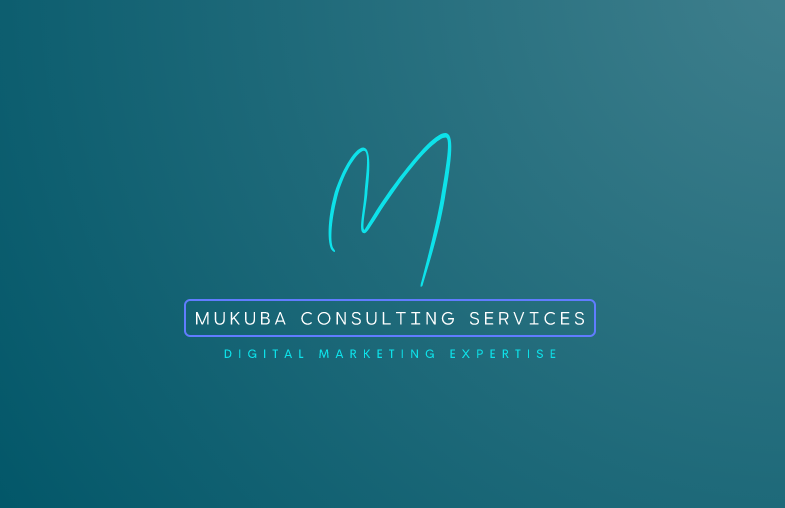

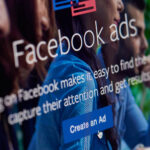
[…] marketing has become a popular marketing strategy for businesses looking to reach a larger audience in recent years. The rise of social media platforms has made it easier for influencers to connect […]
[…] marketing plan for Kenya. We’ll talk about understanding your audience, determining your target audience, doing keyword research, creating a content plan, producing high-quality content, promoting it, […]
[…] connect with your target audience, you must produce real and compelling content in partnership with influencers. Allow influencers […]
[…] deciding between micro and macro influencers, consider your campaign goals and target audience. If you’re looking to maximize brand exposure to a broad audience, macro influencers can […]
[…] the digital marketing landscape, AI has revolutionized the way businesses connect with their target audience. It enables marketers to leverage vast amounts of data and make data-driven decisions to optimize […]
[…] can use Twitter to connect with their target audience and achieve their marketing goals because a significant portion of Kenyans are actively using it. […]
[…] 20 October 2022 by mukuba2002 0 Comments 222 Views Home Facebook Facebook Ad Placements in Kenya Prev 0 Ecommerce SEO in Kenya 19 October 2022 Next 0 Facebook Ads Audience 21 October 2022 […]
[…] blog has a limited number of people who read it or who look at it. When you want to grow the audience size you can either pay for readers using pay-per-click campaigns or grow your website. As both […]
[…] mentioning Facebook and Instagram because they have the largest number of users. Facebook has the biggest audience while Instagram has a higher number of millennials who have the money to buy the […]